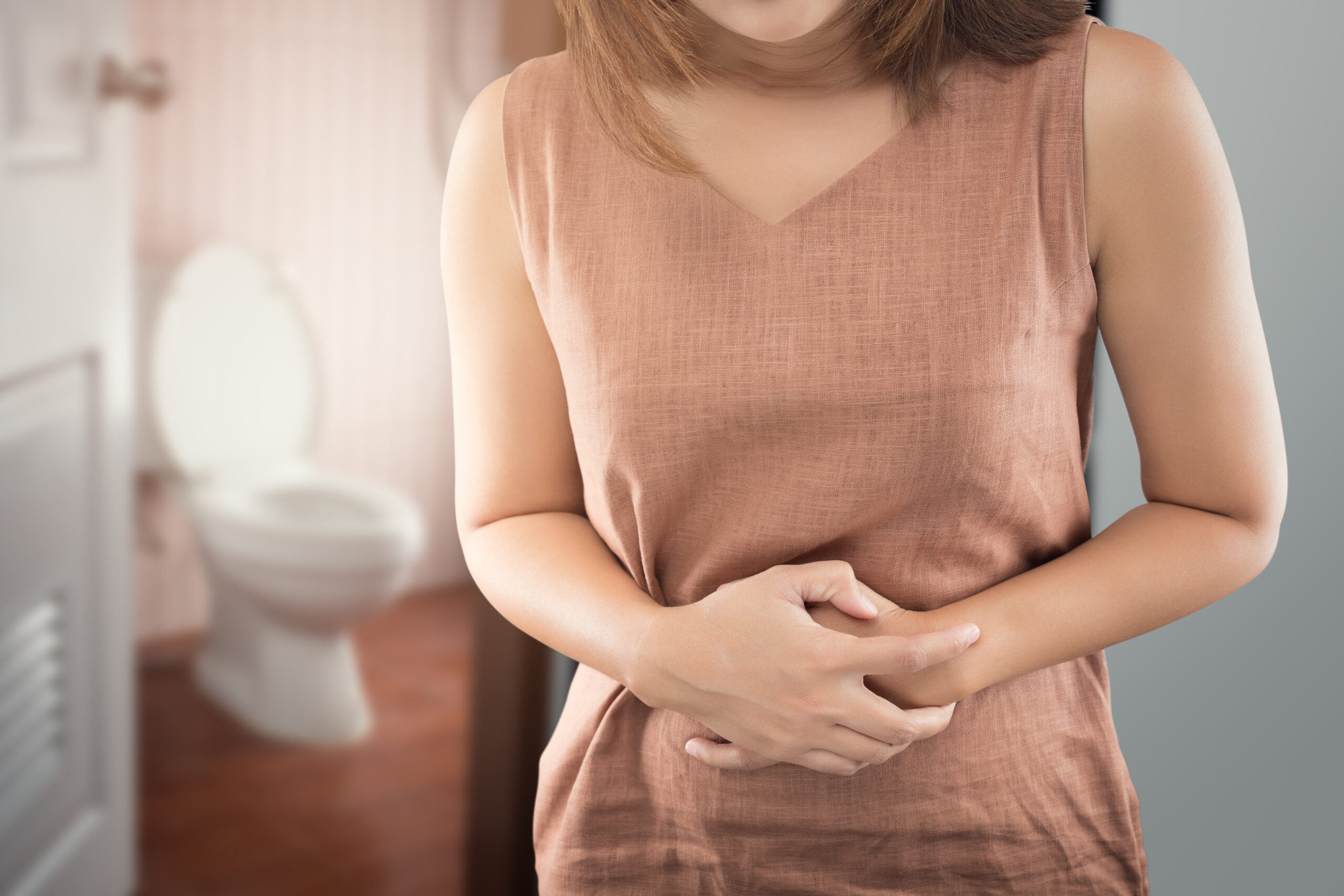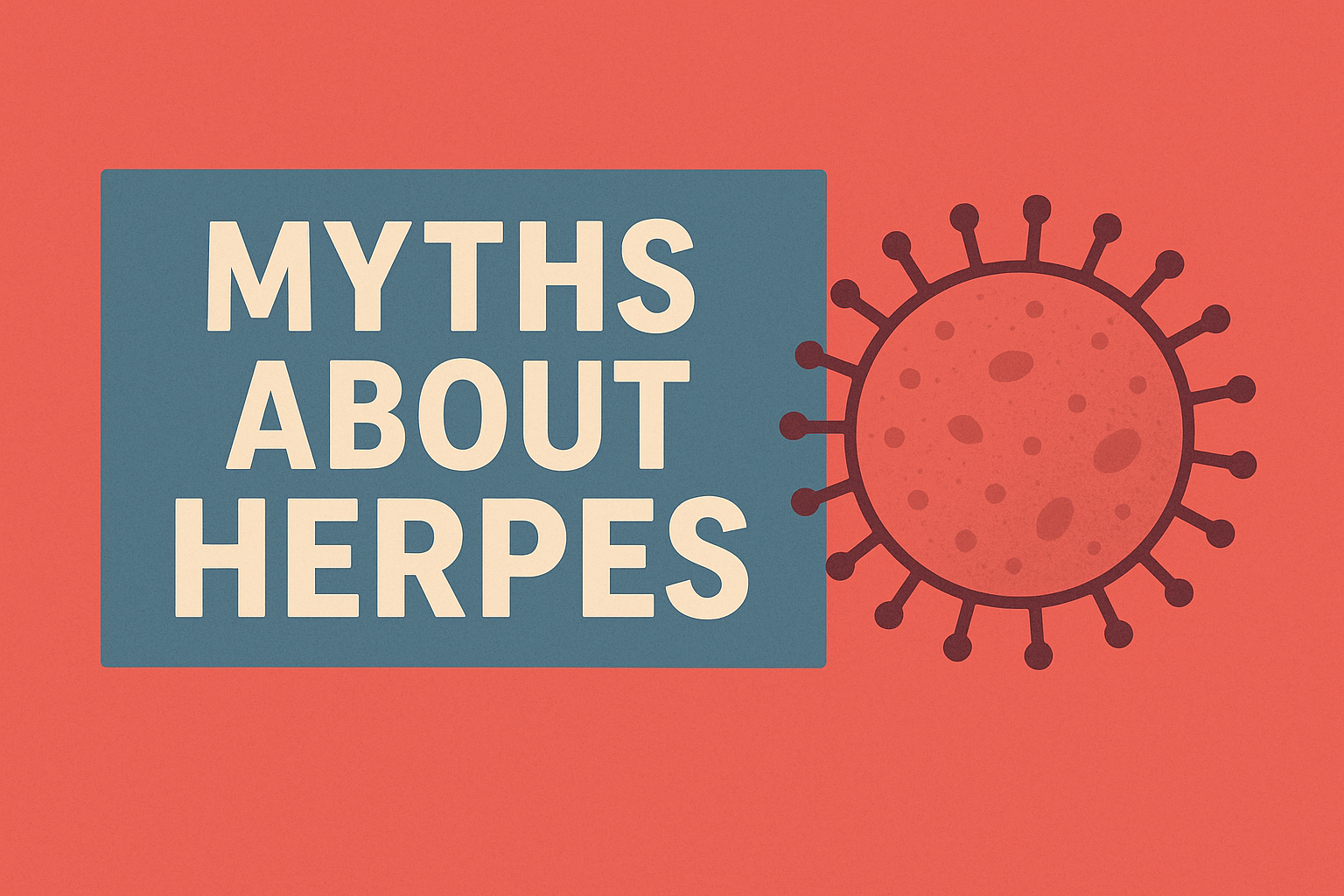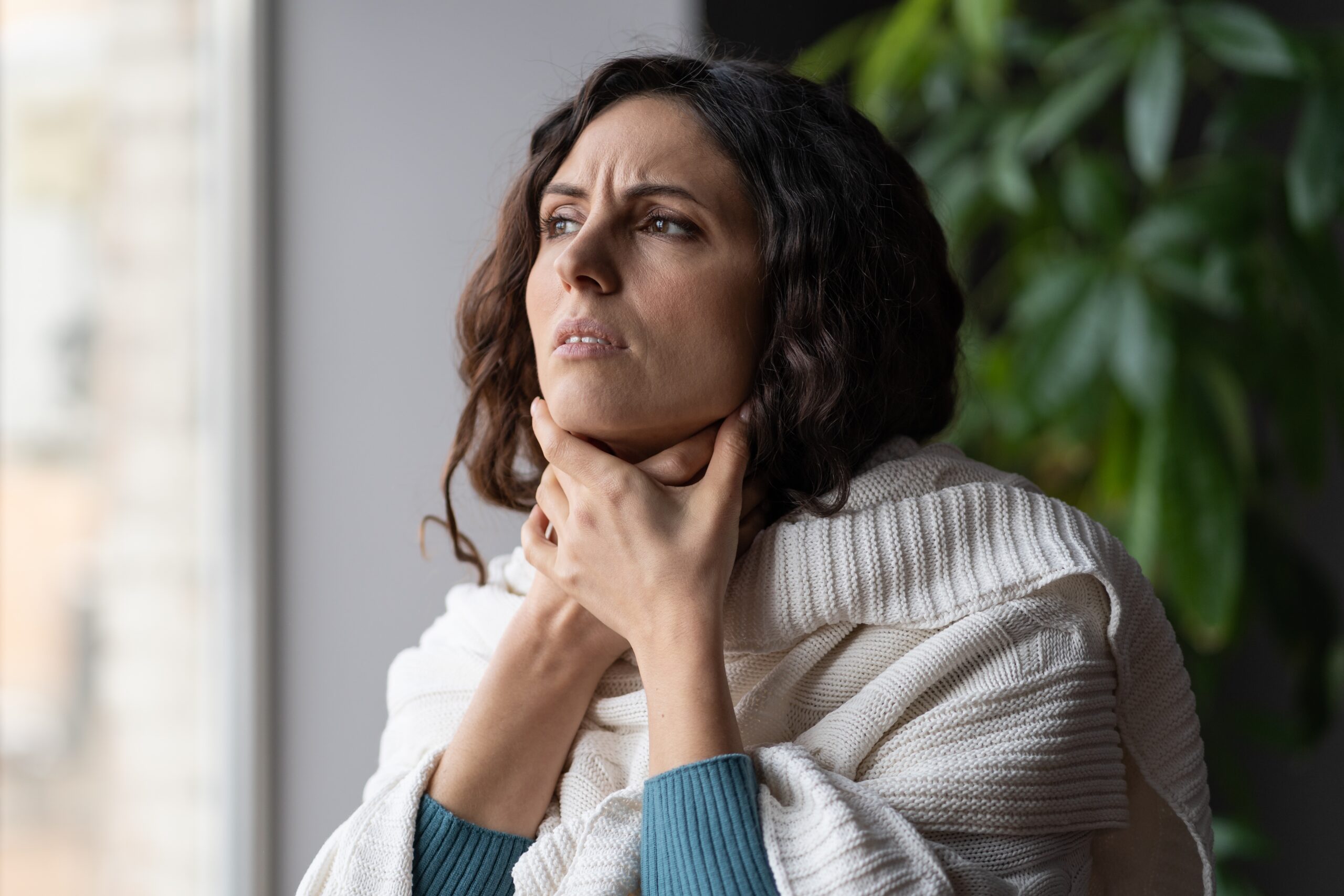Pimples or bumps on the buttocks can be uncomfortable and concerning, especially when you suspect they might be related to a sexually transmitted disease (STD). While not all bumps are caused by STDs, some infections can lead to pimple-like symptoms in this area. Understanding the possible causes, symptoms, and treatments can help you take the right steps toward diagnosis and care.
In this article, we’ll explore which STDs can cause pimples on the buttocks, how to differentiate them from non-STD-related conditions, and what you can do.
Key Takeaways
- Herpes simplex virus (HSV) is the most common STD that causes pimple-like blisters on the buttocks, and when herpes blisters break, the bacterial infection can spread.
- Other STDs like syphilis, human papillomavirus (HPV), and gonorrhea may also cause skin changes that resemble pimples.
- Non-STD causes, such as folliculitis, keratosis pilaris, or contact dermatitis, are often mistaken for STD-related bumps.
- Early diagnosis and treatment are essential to prevent complications. Always consult a healthcare provider if you’re unsure about your symptoms.
Common STDs That Cause Pimples on the Buttocks
1. Herpes Simplex Virus (HSV)
Herpes is one of the most frequent culprits behind pimple-like bumps on the buttocks. It is caused by two types of viruses: HSV-1 (commonly oral herpes) and HSV-2 (genital herpes). Both types can cause outbreaks of herpes sores in the buttocks or genital area.
Symptoms of herpes on the buttocks:
- Small, red herpes bumps or pus-filled blisters
- Clusters of herpes lesions that may itch or burn
- Painful sores that crust over as they heal
- Flu-like symptoms during initial outbreaks
Genital herpes is highly contagious through skin-to-skin contact during an outbreak or even when no visible sores are present, making contracting genital herpes possible even when there are no symptoms present. While there’s no cure, antiviral medications like acyclovir can reduce outbreaks and transmission risk. Antiviral treatments play a crucial role in managing the frequency of herpes outbreaks and improving the quality of life for those affected.
2. Syphilis
Syphilis, caused by Treponema pallidum, can produce sores or bumps that resemble genital pimples during its early stages.
Symptoms:
- Round, firm sores (chancres) at the site of the sexually transmitted infection
- Bumps that may develop into ulcers
- Rash on other parts of the body, including palms and soles
Syphilis is treatable with antibiotics like penicillin, but it can lead to severe complications if left untreated.
3. Human Papillomavirus (HPV)
HPV is another STD that may cause growths resembling pimples around the anus or buttocks. These growths are typically genital warts.
Symptoms:
- Flesh-colored or slightly darker bumps
- Smooth or cauliflower-like texture
- Clusters of warts in some cases
While some HPV strains resolve on their own, others may require treatments such as cryotherapy or topical medications.
4. Gonorrhea and Chlamydia
Though less common, gonorrhea and chlamydia can cause proctitis (inflammation of the rectum), leading to symptoms like:
- Small bumps or sores near the anus
- Discomfort during bowel movements
- Anal discharge or itching
Both conditions are treatable with antibiotics but require prompt medical attention to avoid complications.
Non-STD Causes of Pimples on the Buttocks
Not all bumps are related to STDs—sometimes it can be as simple as ingrown hairs. Here are some common non-sexual causes:
1. Folliculitis
This occurs when hair follicles become inflamed due to bacteria or irritation. It often looks like red pimples with white centers and may feel itchy or sore.
2. Keratosis Pilaris
A harmless condition where dead skin cells clog hair follicles, leading to rough, pimple-like bumps. It’s more common in dry climates and doesn’t require medical treatment.
3. Contact Dermatitis
Skin irritation from detergents, soaps, or tight clothing can cause a rash or bumps resembling genital pimples.
When to See a Doctor
If you’re experiencing persistent bumps on your buttocks along with other symptoms like pain, itching, discharge, or fever, it’s time to see a healthcare provider. They may recommend:
- Physical examination
- Lab tests to identify infections
- Treatment tailored to your condition
Delaying care could worsen symptoms or increase the risk of spreading a genital herpes infection.
Prevention Tips
To lower your risk of developing STD-related pimples:
- Use condoms consistently during sexual activity.
- Get regular STD screenings if you’re sexually active.
- Avoid sharing towels or personal items with others.
- Maintain good hygiene by washing regularly with gentle soap.
For non-sexual ways you can get an STD:
- Wear loose-fitting clothing made from breathable fabrics.
- Avoid harsh detergents or skincare products.
- Exfoliate gently with benzoyl peroxide to prevent clogged pores.
FAQs
How do I know if a pimple is caused by an STD?
STD-related genital pimples often come with additional symptoms like itching, burning, pain during urination, or unusual discharge. Herpes blisters tend to cluster and feel softer than regular pimples. If you’re unsure, consult a healthcare professional for testing.
Can herpes be mistaken for regular acne?
Yes, herpes blisters can look similar to acne, but usually appear in clusters and are more painful. Acne typically forms due to clogged pores rather than a viral infection. To help alleviate this, try an acne wash with salicylic acid in it.
Are all bumps on the buttocks caused by STDs?
No, many conditions like folliculitis or keratosis pilaris can mimic STD-related symptoms, but aren’t sexually transmitted.
What’s the best treatment for herpes outbreaks?
Antiviral medications like acyclovir or valacyclovir can reduce outbreak severity and frequency while lowering transmission risk. For individuals experiencing more severe or recurrent outbreaks, suppressive therapy with daily antiviral medication can effectively decrease the frequency and severity of attacks. STD testing can help diagnose herpes and seek out proper treatment.
Conclusion
Bumps on your buttocks don’t always mean you have an STD—but it’s important not to ignore them either. Whether they’re caused by herpes, syphilis, HPV, or something non-sexual like folliculitis, getting a proper diagnosis is key to finding relief and preventing complications, especially with frequent outbreaks.
If you’re concerned about your symptoms, reach out to a healthcare provider for testing and advice. Remember—there’s no shame in seeking help for your health!
Sources:
Reporting and confidentiality. (2021).
https://www.cdc.gov/std/treatment-guidelines/clinical-reporting.htm
Herpes on the Buttocks: Symptoms, Pictures, and Treatments.
https://www.healthline.com/health/sexually-transmitted-diseases/herpes-on-buttocks
Can STDs cause pimples? – Better2Know
https://www.better2know.co.uk/blog/can-stds-cause-pimples/






